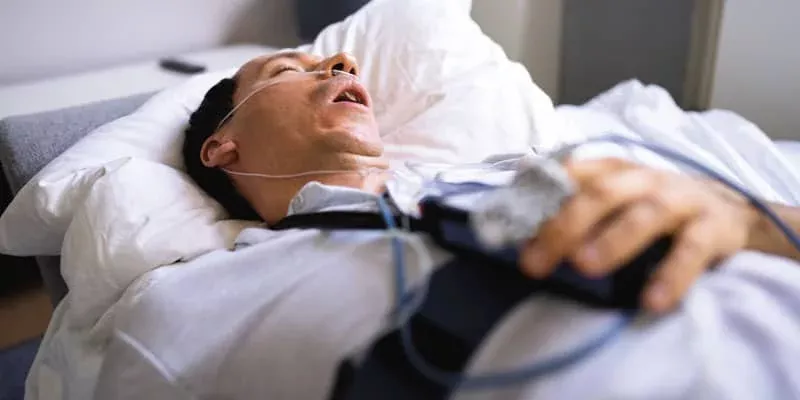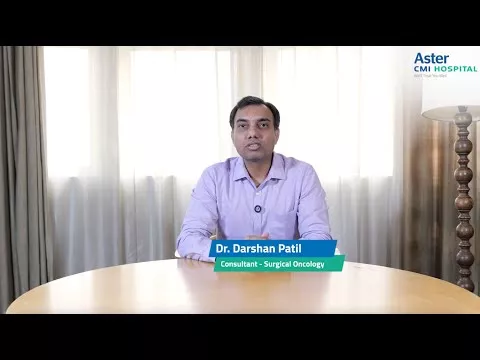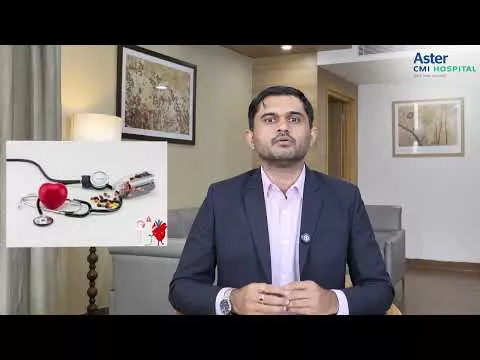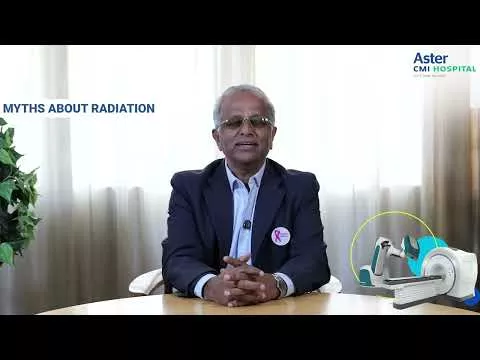Snoring is a common sleep-related phenomenon characterized by the production of noisy sounds during sleep due to the vibration of the soft tissues in the upper airway. These sounds can vary in intensity and can range from a light, fluttering noise to loud, disruptive sounds. Snoring occurs when the flow of air through the mouth and nose, throat or larynx is partially blocked, causing the tissues in the throat to vibrate as the person breathes. If you experience persistent snoring or related airway issues, consulting ENT Specialists in Kochi Kerala can help identify underlying causes and provide proper guidance.
The basic mechanism of snoring involves the relaxation of muscles in the throat, including the soft palate (the back part of the roof of the mouth), the tonsils or uvula (the fleshy extension hanging at the back of the throat), and the tongue. When these muscles relax, they can partially obstruct the airway, leading to turbulent airflow and the characteristic snoring sound.
Snoring can be vary from a simple snoring or upper airway resistance syndrome to obstructive sleep apnea depending on its severity.
Obstructive sleep apnea (OSA) is a disorder, in which breathing is repeatedly interrupted despite respiratory effort during the sleep. This is generally secondary to upper airway obstruction. Muscle relaxation in the throat and tongue during sleep will cause collapse of the airway, resulting in airflow obstruction. When oxygen desaturation occurs the brain send a survival signal to awaken to a lighter level of sleep thereby restoring the breathing.
In OSA, obstructive episodes are repeated up to hundreds of times each night. The combination of poor sleep and oxygen desaturation may cause daytime sleepiness, deficits in memory, attention, concentration, and depressive mood.
What causes of Snoring:
- Anatomy: Some individuals naturally have narrower airways, which can lead to increased airflow resistance and snoring.
- Obesity (body mass index >25): Excess fat around the neck and throat can constrict the airway, leading to snoring.
- Nasal and Sinus Issues: Chronic nasal congestion, allergies, polyps and sinus problems can obstruct airflow and contribute to snoring.
- Sleep Position: Sleeping on your back can cause the tongue and soft palate to collapse to the back of the throat, obstructing the airway.
- Alcohol and Sedative Use: These substances relax the muscles of the throat, making them more likely to collapse and cause snoring.
- Aging: As people age, their throat muscles may become weaker, increasing the likelihood of snoring.
- Sleep Apnea: Snoring can also be a symptom of obstructive sleep apnea, a serious condition where breathing repeatedly stops and starts during sleep.
- Complications of Snoring:
- While snoring itself is not always harmful, OSA can lead to various complications:
- Sleep Disruption: Snoring can disrupt the snorer's sleep and their partner's sleep, leading to daytime fatigue and decreased quality of life.
- Relationship Strain: The noise and sleep disruption caused by snoring can strain relationships, leading to conflicts and sleep disturbances for both partners.
- Development of comorbidities: Associated with serious health risks like heart diseases, arrhythmias, hypertension, diabetes and stroke.
Diagnosis of OSA:
If snoring is causing problems, a healthcare professional may conduct a thorough evaluation, which may include:
- Medical History: Gathering information about sleep patterns, lifestyle, and any underlying health conditions.
- Physical Examination: Examining the nasal passages, mouth, throat, and neck for factors contributing to snoring.
- Sleep Study: A polysomnography or home sleep study can be used to diagnose sleep apnea and assess the severity of OSA.
- Flexible endoscopic assessment of nose and upper airway will reveal the reason for snoring and OSA. For advanced evaluation and treatment, many patients prefer visiting an established ENT Hospital in Kochi Kerala for accurate diagnosis and specialized care.
Treatment of Snoring:
Treatment strategies vary based on the underlying cause of snoring:
1. Lifestyle Changes:
- Weight loss if overweight.
- Avoiding alcohol and sedatives before bedtime.
- Changing sleep position (sleeping on the side instead of the back).
2. Medications
- Nasal decongestants and steroid nasal sprays in case of allergy.
- To treat reflux in case of significant acid reflux disease.
3. Nasal Devices:
- Nasal strips or dilators to open nasal passages and improve airflow.
4. Oral Appliances:
- Mandibular advancement devices (MADs) reposition the lower jaw and tongue to keep the airway open.
5. Continuous Positive Airway Pressure (CPAP):
- For individuals with sleep apnea, a CPAP machine delivers pressurized air to keep the airway open during sleep.
6. Surgical Interventions:
Surgical procedures is decided depending upon the site involved.
- Uvulopalatopharyngoplasty (UPPP): Removal of excess tissue from the throat.
- Palatal implants: Insertion of small rods into the soft palate to stiffen it.
- Tongue base surgeries to reduce the bulkiness of tongue.
- Genioglossus advancement (GA): Repositioning a tongue muscle attachment to prevent airway collapse.
- Nasal surgeries (septoplasty, turbinoplasty, sinus surgeries) : To correct the nasal airway block.






